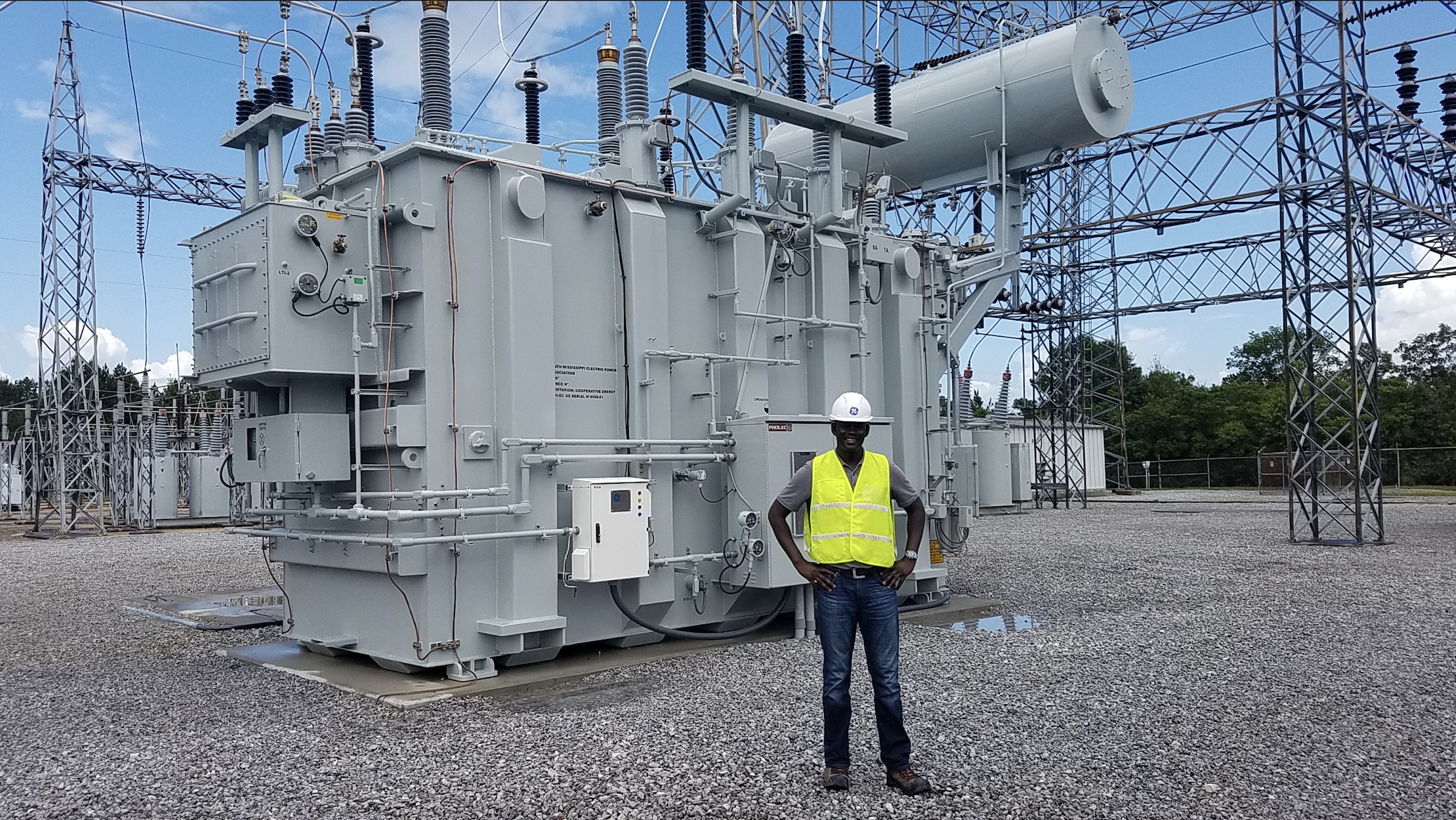Transformers are a crucial part of the electricity supply system. Understanding how they operate and maintain them is essential for the efficient functioning of electricity networks.
Transformers are used to step up and step down voltages in order to match the needs of the equipment and the electricity network. Transformers for Electricity are composed of a core and two or more windings, a primary and a secondary winding, and an insulation system. The primary winding is connected to the power system, and the secondary winding is connected to the load.

Image Source: Google
When a voltage is applied to the primary winding, a magnetic field is created in the transformer’s core. This magnetic field induces a voltage in the secondary winding which is then used to power the load. The ratio of the primary to secondary winding determines the amount of voltage that is outputted from the transformer.
In order to keep transformers running efficiently and safely, they need to be regularly maintained. This includes cleaning and inspecting the core and windings, checking the cooling system, and lubricating the moving parts. In addition, the transformer should be tested periodically to ensure it is operating correctly.
When it comes to understanding and maintaining transformers, it is important to remember that they are a vital part of the electricity network. Without them, it would be very difficult to get the power from the source to the end user. Taking the time to understand how transformers work and properly maintain them is a key part of keeping the electricity network running smoothly.

